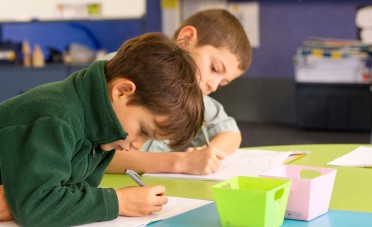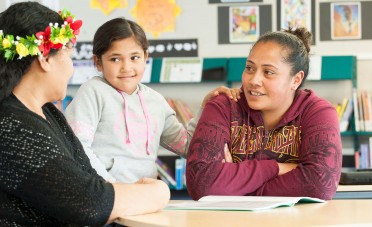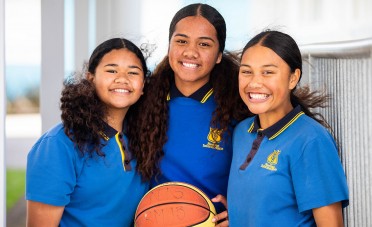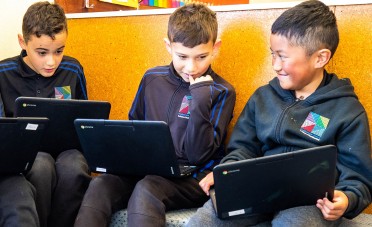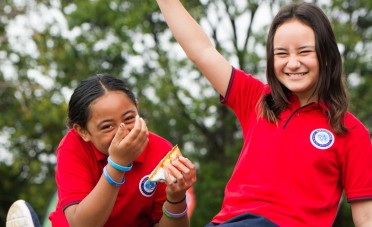Identity and self-worth: Guidelines for our class as a whānau
Guidelines for our class as a whānau supports identity and feelings of self-worth for ākonga by giving them an opportunity to contribute to and co-create class guidelines and values. Ākonga are invited to identify and describe their needs within the class whānau structure, identify shared and individual roles in the class, and develop guidelines for a positive classroom community.
Understanding ourselves and getting on together — Activities collection
This resource is part of the Understanding ourselves and getting on together collection.
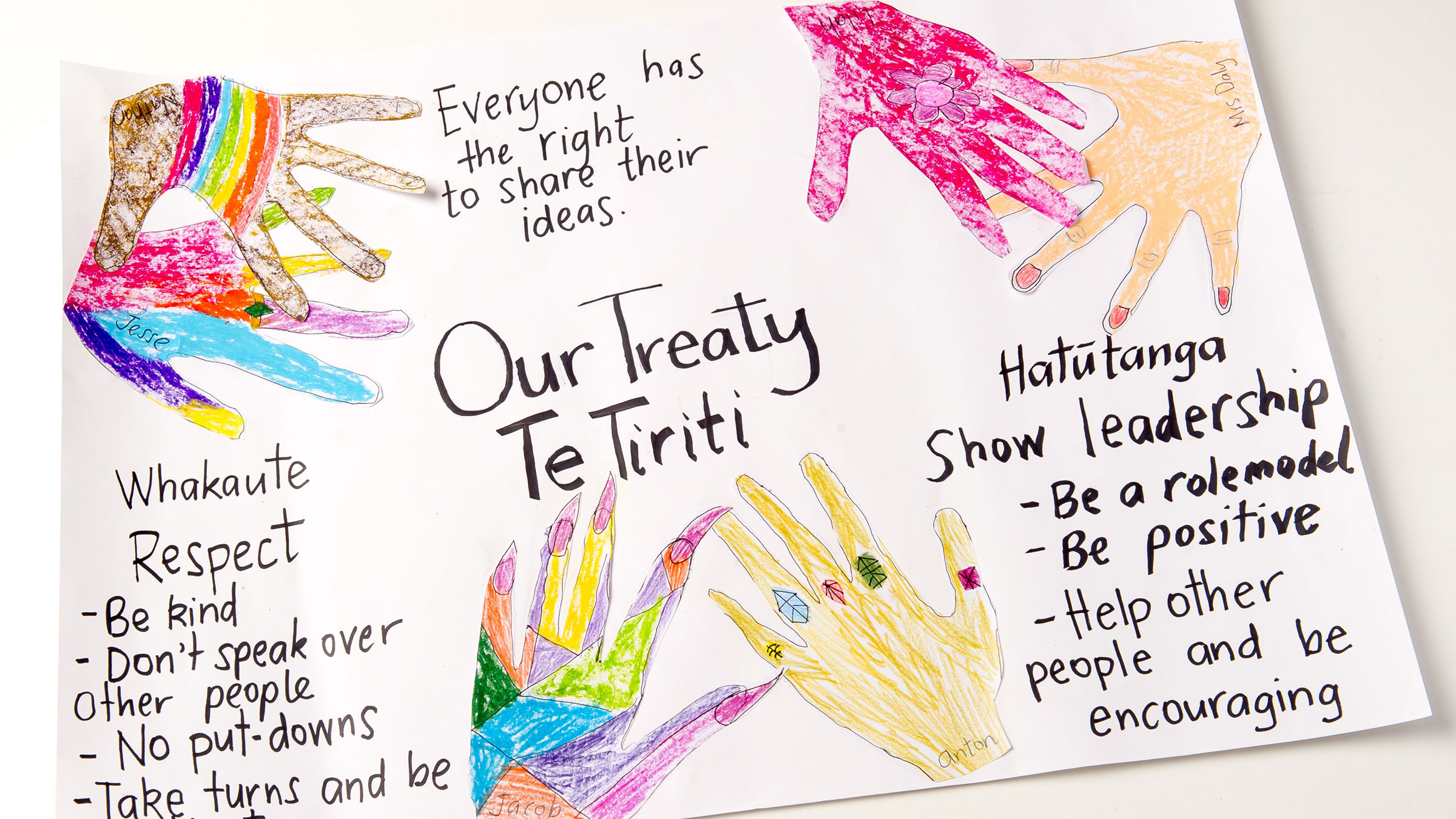
Possible learning activities
Introduce ākonga to the whakataukī from the curriculum:
He oranga ngākau, He pikinga waiora.
Positive feelings in your heart will raise your sense of self-worth.
Ministry of Education, Health and Physical Education in the New Zealand Curriculum, page 4.
Ask ākonga what they think the whakataukī means, and if the whakataukī matches their recollection of an experience of feeling good about themselves. Discuss with ākonga what values, attitudes, and actions might contribute to taha tinana (physical wellbeing), taha hinengaro (mental and emotional wellbeing), taha whānau (social wellbeing), and taha wairua (spiritual wellbeing).
Making a class korowai
Ākonga begin by brainstorming all the ways in which the classroom could become a more positive learning environment for everyone. The Tree Hut Treaty by Wiremu Grace is a popular picture book to use to support developing class guidelines. Rather than focusing on rules, emphasise safety and positive attitudes so that everyone feels valued and can share their ideas openly.
- When ākonga have finished brainstorming, help them to group their ideas into similar themes, such as respect for others, from which the guidelines, will be developed. This can be done in small groups.
- Negotiate the wording with the whole class so that the guidelines are worded positively and are understood and agreed to by everyone. Ākonga or kaiako then write the guidelines onto a sheet for display.
- Translate the guideline statements into all the languages that the ākonga in the class speak.
- The ākonga can write one guideline on each of about ten of the long strips of card. These strips form the weft threads of the korowai (those that are woven across).
Weaving the korowai
- Distribute the remaining strips of card to groups of two or three ākonga. Each group decorates their strip with words, symbols, and pictures (drawn or colour printed) to illustrate their ideas about hauora. These strips become the warp threads (the vertical threads) of the korowai.
- Organise a small group of ākonga to weave the strips together into a square and secure all the ends with strong glue, tape, or staples. Add extra cardboard to the back of the top edge to strengthen the korowai for hanging.
Ngā huruhuru
- Give each ākonga a huruhuru (feather) shape.
- Explain to the ākonga that they are going to decorate ngā huruhuru in a way that reflects who they are and some aspects of their spirituality, such as the people, places, belongings, beliefs, or experiences that are important to them. Their decoration might include such things as symbols, pictures of people, names, or natural objects. Each ākonga incorporates their own name on their feather.
- Attach ngā huruhuru to the woven part of the korowai and leave the completed project on display in the classroom.
Cultural and diversity considerations
This is a good opportunity to invite a local weaver to demonstrate taniko weaving and explain the significance of korowai and kākahu.
Links to the HPE underlying concepts
Attitudes and values
Promoting a positive and responsible attitude towards their own wellbeing, respecting the rights of others, displaying care and concern for others and the environment, and displaying tolerance and non-discrimination.
Hauora
- Taha wairua – acknowledging personal identity, self-worth, beliefs, and values.
- Taha hinengaro – identifying needs for learning and emotional safety.
- Taha whānau – interacting with others and developing a sense of belonging.
- Taha tinana – considering physical safety and the physical environment.
Read more about the underlying concepts.
Kaiako notes
Resources required include:
- about twenty strips of lightweight card in a variety of colours, cut 10 centimetres wide and 1 metre long
- a simple feather shape cut out of firm card, approximately 30 centimetres long and 7–10 centimetres wide, for each ākonga
- scissors, glue, pens or crayons, magazines, and other craft materials, natural objects, and a photograph of each ākonga for decorating the feathers.
Focus inquiry questions around the learning outcomes before and after the activities to support ākonga to reflect, and think critically about the activities.
